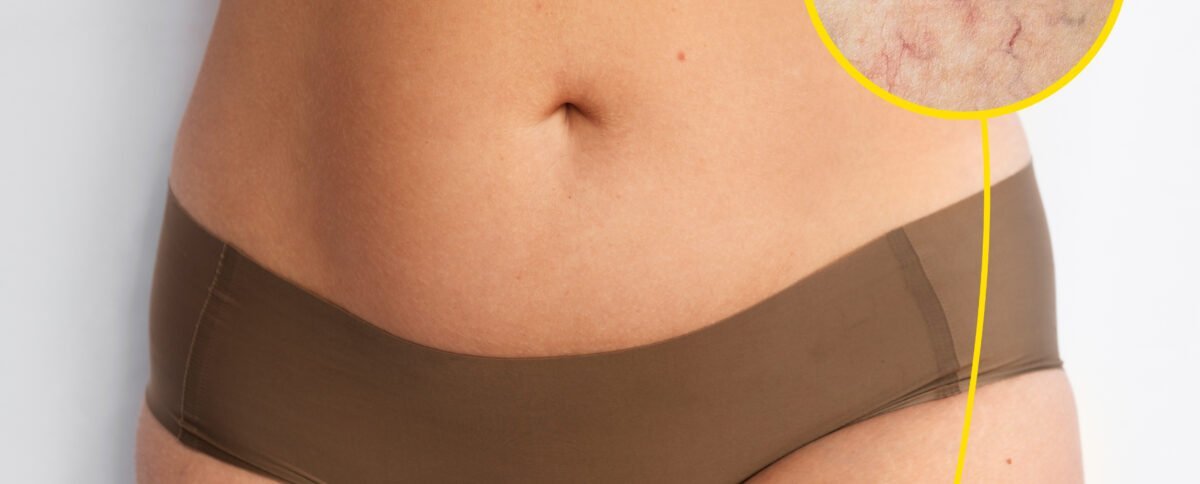
Stretch marks can be a source of frustration and self-consciousness for many people. Whether they were caused by pregnancy, weight gain, or growth spurts, these marks can affect our confidence and make us feel uncomfortable in our own skin. However, there are effective ways to reduce and even remove stretch marks, giving you the opportunity to transform your skin’s texture and regain your confidence.
Understanding Stretch Marks
Before diving into the various methods of stretch mark removal, it’s important to understand what they are and why they occur. Stretch marks, also known as striae, are a type of scarring that occurs when the skin stretches or shrinks rapidly. This rapid stretching causes the collagen and elastin fibers in the skin to break, resulting in the appearance of long, narrow streaks or lines.
Stretch marks commonly occur during pregnancy, puberty, or periods of rapid weight gain or loss. They can appear on various parts of the body, such as the abdomen, thighs, hips, breasts, and upper arms. While they pose no health risks, many people seek ways to reduce their appearance for cosmetic reasons.
Methods of Stretch Mark Removal
When it comes to stretch mark removal, there are several options available. It’s important to note that no single method works for everyone, and results may vary depending on factors such as the age and severity of the stretch marks, as well as individual skin type. Here are some of the most commonly used methods:
1. Topical Creams and Lotions
There are numerous creams and lotions available on the market that claim to reduce the appearance of stretch marks. These products typically contain ingredients such as retinoids, hyaluronic acid, and vitamin E, which help to moisturize the skin and promote collagen production. While they may not completely remove stretch marks, they can help to fade them and improve the overall texture of the skin.
2. Laser Therapy
Laser therapy is a popular and effective method for stretch mark removal. This non-invasive procedure uses laser technology to stimulate collagen production and break down the scar tissue responsible for the stretch marks. Multiple sessions may be required to achieve the desired results, but many people experience significant improvement in the appearance of their stretch marks.
3. Microdermabrasion
Microdermabrasion is a gentle exfoliation technique that removes the outer layer of dead skin cells, revealing fresh, new skin underneath. This process can help to reduce the appearance of stretch marks by promoting cell turnover and stimulating collagen production. While it may not completely eliminate stretch marks, it can make them less noticeable and improve the overall texture of the skin.
4. Chemical Peels
Chemical peels involve the application of a chemical solution to the skin, which causes the outer layer to peel off, revealing smoother, more even-toned skin. This process can help to reduce the appearance of stretch marks by promoting cell regeneration and collagen production. However, it’s important to consult with a dermatologist or skincare professional before undergoing a chemical peel to ensure it is suitable for your skin type and condition.
Taking Care of Your Skin
While these methods can be effective in reducing and removing stretch marks, it’s important to remember that prevention is always better than cure. Taking care of your skin on a daily basis can help to maintain its elasticity and prevent the formation of stretch marks. Here are some tips to keep in mind:
- Stay hydrated by drinking plenty of water
- Eat a balanced diet rich in vitamins and minerals
- Exercise regularly to keep your skin firm and toned
- Moisturize your skin regularly, especially during pregnancy or periods of weight gain
- Avoid rapid weight gain or loss
By following these tips and exploring the various methods of stretch mark removal, you can transform your skin’s texture and feel more confident in your own body. Remember, everyone’s skin is unique, so it’s important to find the method that works best for you. Consult with a dermatologist or skincare professional to determine the most suitable course of action and embark on your journey towards smoother, more beautiful skin.
